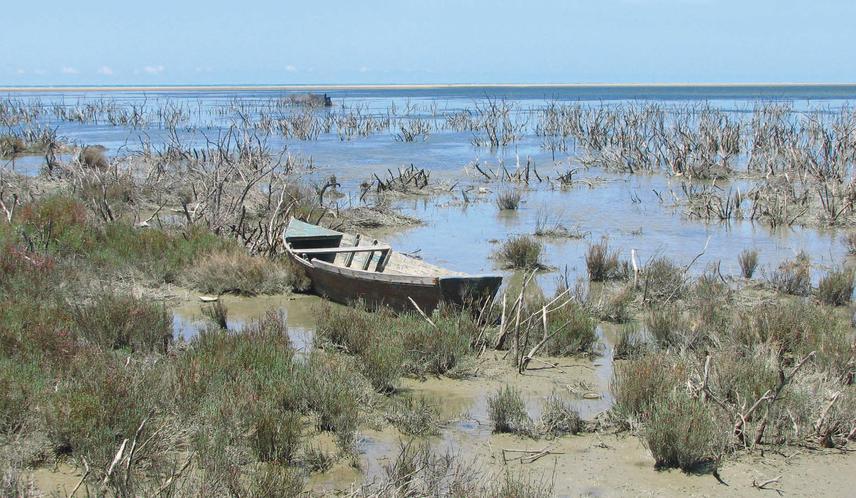Urban Šilc
The main aim of this project is research of halophytic flora and vegetation of Osmani lagoon, to consider them in larger frame of Albanian halophytic ecosystems and evaluate the conservation status.

Coastal lagoons are ecosystems that produce more ecosystem services than any other such system.
Saline habitats are generally poor in plant species number, but their biodiversity value is very high. They perform important ecosystem services, actually they were calculated highest for any ecosystem studied. Coastal lagoons are ecologically very diverse and provide habitats for many birds, fish, and plants.
Habitat change and other threats (land use-change, urbanisation, transport, industry, tourism ...) now compromise their ecosystem services. Therefore, it would be very important to collect all relevant information on flora and vegetation to provide a basis for their conservation and sustainable use. Albanian lagoons are still in relatively good conservation status comparing to others in mediterranean Europe. But their extent and species composition are already drastically changed and need restoration measures in many cases.
Project activities will contribute to understanding of importance of conservation of marine lagoons and halophytic vegetation. They comprise of specific flora, many species are rare, endemic and already endangered. Habitat types that are found in lagoons are specific for their ecological requirements and are very fragile ecosystem.
Within project we will establish database of all available halophytic vegetation data in Albania, make a field research of Osmani lagoon and prepare recommendations for conservation of lagoon for local inhabitants and policy makers.